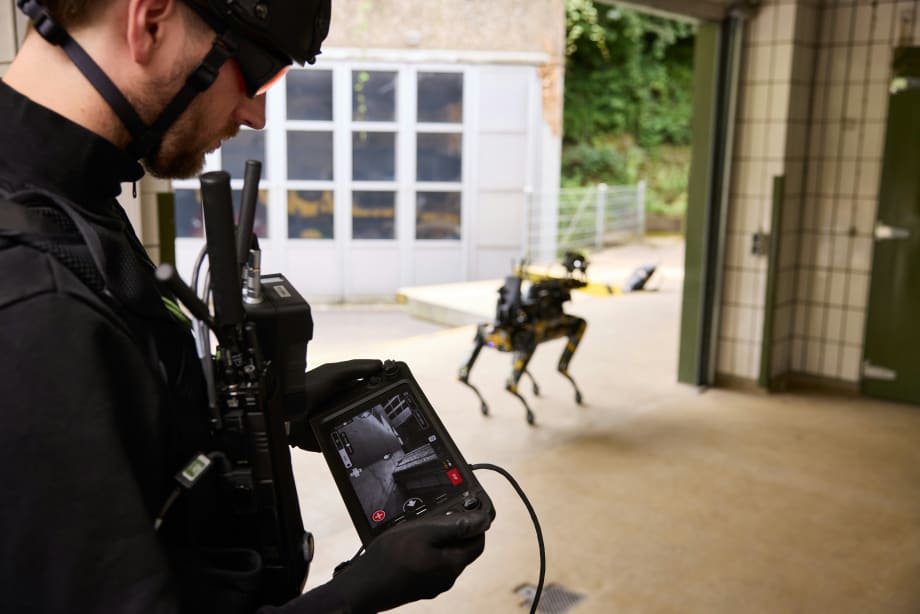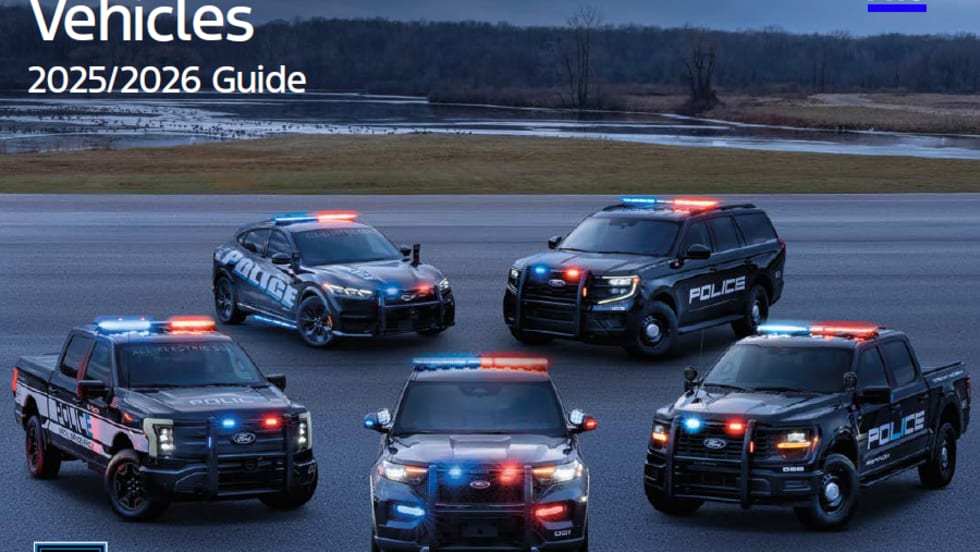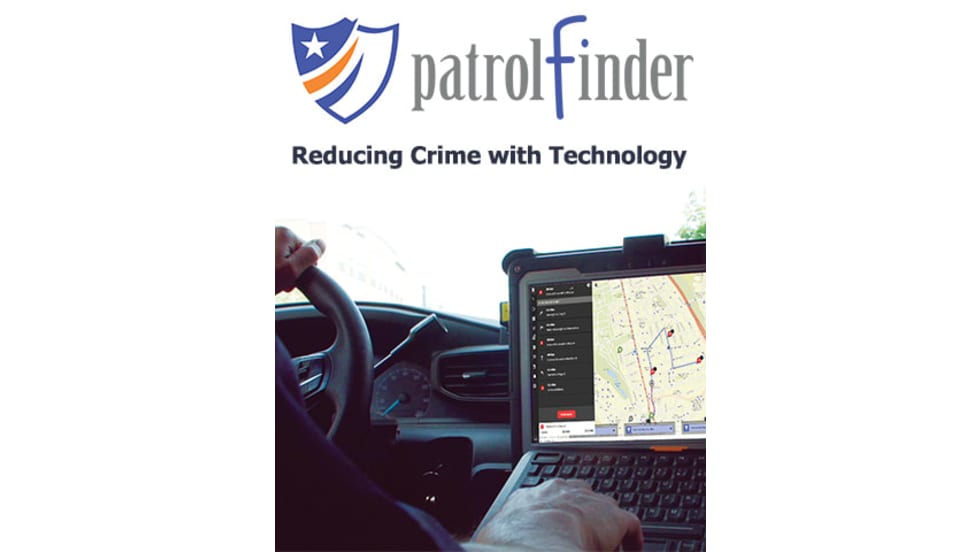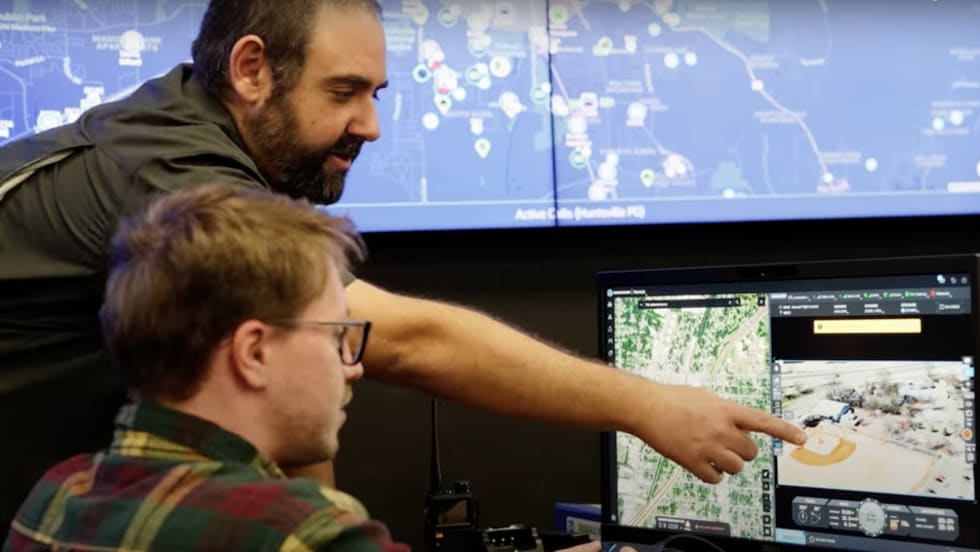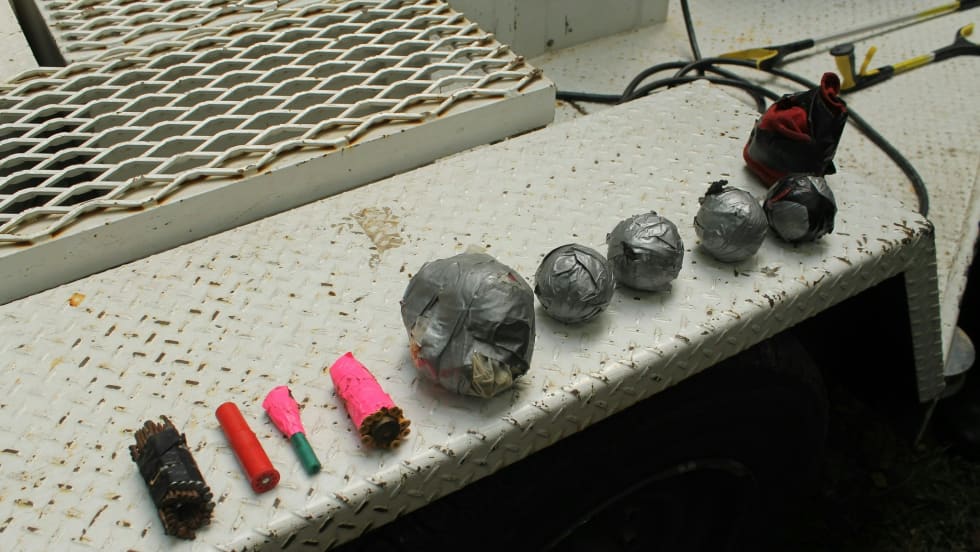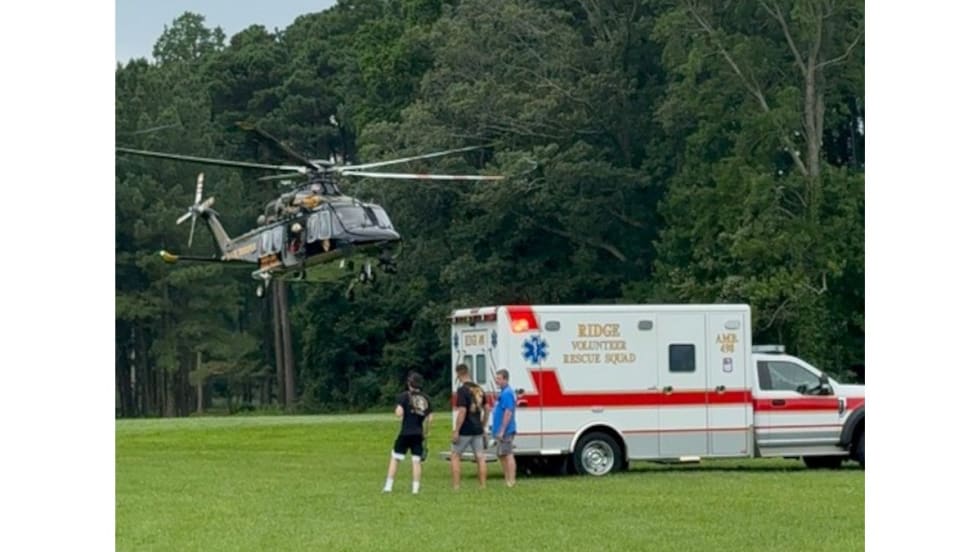Future public demonstrations are likely, as the agency has received multiple requests for them. “We haven’t had MIKE that long, so we are evaluating how best to do these things,” he says. “He will be put out into the public more and more and used for community outreach.”
Initially, officers were also skeptical of MIKE, Breshears admits. “Once they saw that he moves around very well, can be knocked over and gets right back up, they realized this is a great tool that keeps us out of harm’s way,” he says.
Boston Dynamics and other manufacturers try to help defuse public concerns by listing prohibited uses. These include intentional use of the product to harm or intimidate any person or animal, using it as a weapon or to enable a weapon, or to use it for illegal purposes of any kind.
In an open letter to the public, five robot manufacturers stated, “We pledge that we will not weaponize our advanced-mobility general-purpose robots or the software we develop that enables advanced robotics and we will not support others to do so. When possible, we will carefully review our customers’ intended applications to avoid potential weaponization. We also pledge to explore the development of technological features that could mitigate or reduce these risks. To be clear, we are not taking issue with existing technologies that nations and their government agencies use to defend themselves and uphold their laws.”
The open letter also called on police agencies to do their part by making similar pledges not to build, authorize, support or enable the attachment of weaponry to the robots.



